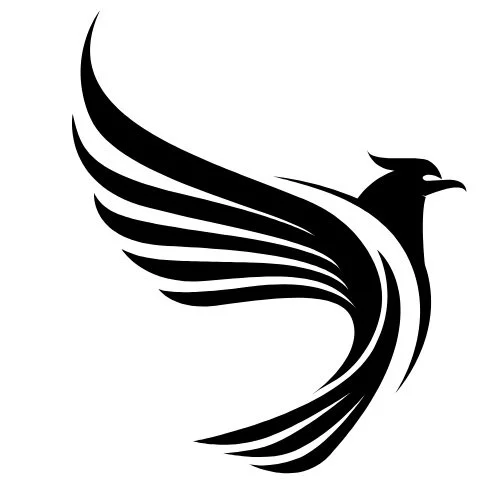Salt on the menu
(Published in The Courier Mail)
AFTER a frantic, dust-glazed bus ride into town, it doesn't take long to realise that this is definitely unfamiliar territory, even for Bolivia. And that we should have brought extra clothes.
This small town (population 14,000) sits atop the altiplano -- a vast, surprisingly flat plain perched 3669m above sea level.
Piercing winds soon coerce you into putting on a jumper -- even in mid-summer.
Surrounded by white desert, Uyuni is nothing more than a dusty salt-mining town. But from here you can organise a three-day, four-wheel-drive trip into another world.
Tourism has taken off in Uyuni, famous for its proximity to the largest salt lake in the world.
Competition has brought prices right down for tours to the salt lakes and mines -- but the quality of some of those tours has had a similar downward trajectory. Shop around and check what's on offer: meals, snacks, whether sleeping bags are provided (if not, bring your own), the quality of transport (most companies use modern LandCruisers) and the number of people joining you all vary according to the company.
We headed 20km east of Uyuni towards the Salar de Uyuni (salt of Uyuni) and the first stop, Colchani. Located on the edge of the salt lake, Colchani is where locals gather to collect, refine and produce salt to sell.
Next is the crossing of Salar de Uyuni). Measuring 12,106sq km in size and 3653m above sea level, it is a wonder to see.
As if the piercing whiteness of the lake's floor is not enough, the altitude combines to produce thin air and a sky of deep, rich blue. The bareness distorts your detection of shapes in the distance.
About 20 years ago a Swiss tourist decided to cross the lake on a bicycle. The 72km distance represented a feat in itself, but he didn't know that the salt lake would send him blind. It's a good idea to double check that sunglasses are UV-protective -- they're a much-needed item.
After the tour of the salt lake, our driver made a quick stop at a hotel plopped in the middle of the white desert. It's a great location but you wonder who would stay all the way out here.
After another 90 minutes in the LandCruiser, you reach the only island in this sea of salt -- Isla de los Pescadores (island of the fishes). No fish to see here -- the island's name comes from its shape -- but there are plenty of cacti.
Back in the car and it's a steady three-hour trip to the first night's sleep. Accommodation is authentic and for the better, as it does not let you escape the wonders of your first day's experience.
You awake to crisp fresh altiplano air -- and llamas, pigs and other livestock surrounding the homestead waiting for food.
More undefined landscape further stretches the imagination, with a stop for lunch at Laguna Amarillo.
Here a lagoon muddied with yellows and lime greens is offset by scores of pink flamingoes feeding off the algae, and amateur photographers stalk the lagoon-side reeds to capture these elegant beauties.
Next is one of the leading attractions on this tour -- Laguna Colorado (red lake). Algae and plankton combine to produce a repugnant red colour, all the more highlighted by snow-like deposits of sodium chloride bordering its shores.
The second night's rest is a welcome 30 minutes away. Bring out all the warm clothes -- it's a cold one -- and an early one. You awake at 5am to head off for the most epic day of them all.
The first stop, is Sol de Manana (sun of tomorrow). It is a geyser basin where activity is still rife, producing an almost lunar-like atmosphere. Pits of bubbling and spitting lava offer heat to the crisp morning air, while the smell of sulphur remains fixed in your nostrils.
Termas de Polques, natural thermal springs, is the next stop. No tourist parks nor infrastructure here, just 28C-30C thermal water alongside a laguna with views of uninhabited and colourful mountain ranges.
Laguna Verde is very close to the Chilean border, and from here you can either continue to Chile or opt for a return trip to Uyuni.
Thankfully, we had remembered the camera. Otherwise who would ever have believed us?
GETTING THERE
Safety: Australians in Bolivia are advised to exercise a high degree of caution. There is an ongoing threat of civil unrest and communal tensions are high.
Currency: $A1 will buy 6.43 boliviano.
Population: 8.7 million people.
Geography: Bolivia is a landlocked country in South America, bordered by Peru, Brazil, Chile, Argentina and Paraguay.
Languages: The official language is Spanish, but indigenous languages Quechua and Aymara are also widely spoken.

